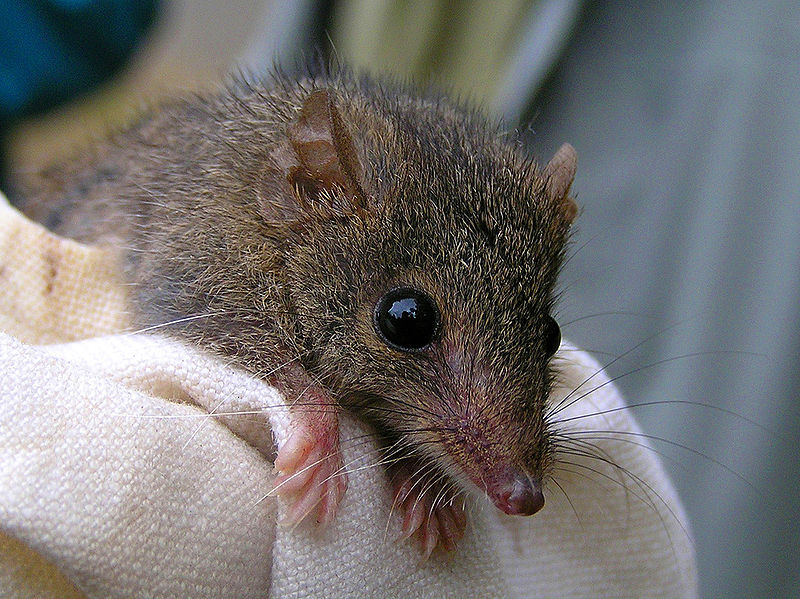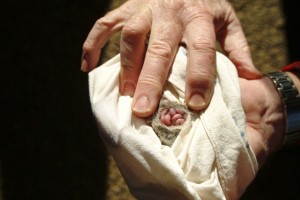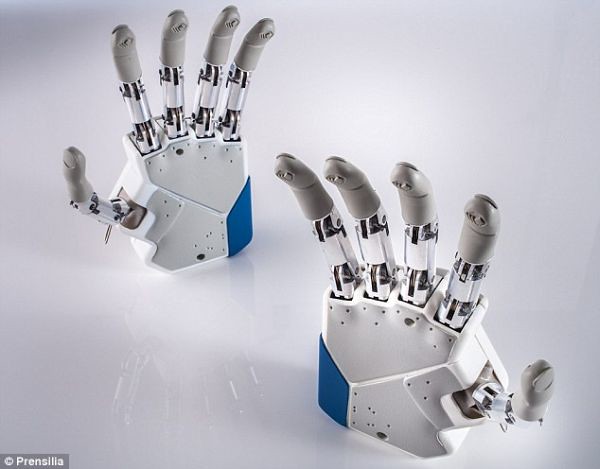Chocolate is a delicacy that most of us have been indulging ourselves with since we can remember. It’s something that we nibble on when are studying, watching television or just doing nothing at all. Most of us can say that eating chocolates can bring a smile to our face. Besides bringing a smile, chocolates have some pros and cons that should be considered.
Let’s start with the BITTER side of chocolate!
Even thought chocolate is really yummy, it can be bitter at times with its negative effects. First of all, consuming chocolate is not cheap. Eating the finest of chocolates can significantly increase ones shopping bill, as darker chocolates with more “cocoa” content are more expensive than milk or white chocolate. Besides the cost factor, chocolates do sadly pack a lot of calories with them. For example, 100g “dark chocolate” contains 510 kcals, “milk chocolate” 520 kcals and “white chocolate” 529 kcals. These can be a lot of unnecessary calories to intake. Furthermore, chocolate consumption can lead to glucose and mood swings. As most of us know, chocolates contain a lot of sugar. With large amounts of sugar present, it leads to increases in development of obesity and type-2 diabetes. Also mood swings occur because the sugar is able to alter levels of endorphins. Another downside of eating chocolate is acne. Hormonal fluctuations caused by chocolate, lead to those unpleasing bumps that appear on the surface of our skin.
Now the SWEET side of chocolate!
There are many benefits that also come with eating chocolate. Most of these benefits come from dark chocolate in particular. Dark chocolate is good for the heart as it helps to lower blood pressure, improves blood flow and prevents formation of blood clots. The brain is also benefited, as the chocolate helps cognitive function. Dark chocolates are full of antioxidants, which help free the body of radicals that cause oxidative damage to cells. Vitamins and minerals are as well present and help support the daily health requirements that the body needs. Specifically, the copper and potassium in the dark chocolate help prevention against stroke and cardiovascular ailments.
Basically the next time you bite into a piece of chocolate, just remember that it can be BITTER-SWEET, as there are both positives and negatives.
By: Rubeen Sangha






















